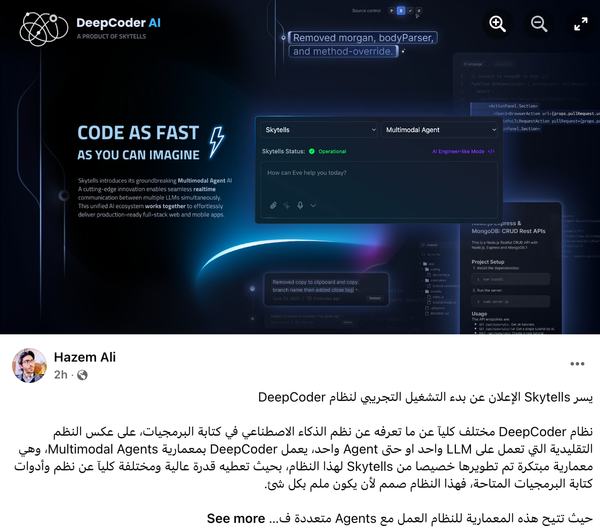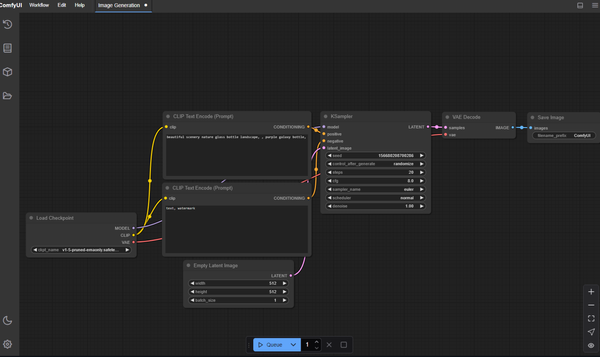The True Cost of Cheap Software Development: A Never-Ending Nightmare and a Dead Project!
Are You Truly Ready to Put Your Mobile or Web App to the Test?
Don`t just assume your app works—ensure it`s flawless, secure, and user-friendly with expert testing. 🚀
Why Third-Party Testing is Essential for Your Application and Website?We are ready to test, evaluate and report your app, ERP system, or customer/ patients workflow
With a detailed report about all findings
Contact us nowTable of Content
xI've seen it firsthand—friends, clients, and even people I barely know reaching out, desperate to fix a SaaS project that’s falling apart. And do you know what the common denominator is? They went cheap.
They picked the lowest bidder, the developer who promised the world for next to nothing. And now? They’re stuck in an endless cycle of patching, fixing, replacing developers, and wondering why their project is a complete mess.
If you're building a SaaS product, let me save you from this disaster before it happens.
The Two Types of Developers You’ll Meet
1. The Real Developer
This developer tells you upfront how much it’ll cost, why it costs that much, and how they’re planning to build it for long-term success.
They care about architecture, security, scalability, and making sure your project doesn’t turn into a maintenance nightmare.
This type of developer does not undervalue what they bring to the table and usually does not work with cheap or ignorant clients.
They also tend to give the right value and cost, not just for their service but also for the future cost of the setup and infrastructure!
2. The Hit-and-Run Developer
This one is the problem. They’ll offer you an unbelievably low price, rush through the work, and disappear. Maybe they don’t care, maybe they underpriced themselves so badly that they have to jump to another project just to pay their bills. Either way, you’re left holding the mess.
And here’s the kicker: a developer who doesn’t value their own time and expertise will NEVER value the continuity of your project. If they charge so little that they can’t afford to support your product long-term, then of course they’ll disappear the second they deliver the final files.
Nowadays, you’ll find plenty of them on freelance hiring platforms. And unless you know exactly what you're doing, you’ll end up with a project that keeps getting patched, never truly finishes, and never scales.
Also, these types of developers never care much about security or the actual project setup. Some don’t even bother looking beyond the first payment because they already know they’ll be quitting after delivery, or they assume the client will get frustrated and move on. For them, a few bucks are all it takes.
The Hidden Costs of Low-Cost SaaS Development
1. You’ll Spend More on Maintenance Than Development
Cheap projects don’t stay cheap for long. Something breaks, and you need a fix. Then another thing breaks.
Then you need security updates. Then the system starts struggling because it wasn’t built to scale. Every fix costs you time and money, moreover moral!
2. Your Hit-&-Run Developer Will Leave You Hanging
Ever tried contacting a hit-and-run developer after six months? Good luck. They’ve moved on.
You’ll either have to find someone new (who will charge you even more to fix the mess) or abandon the project altogether.
3. Your System Will Be Held Together With Duct Tape
Every time a new developer jumps in, they don’t rewrite the code; they just add more patches on top of what’s already there.
Before you know it, your project is a Frankenstein’s monster—a collection of quick fixes that don’t work well together.
4. Scaling? Forget About It.
Your system might work fine with 100 users. But what happens when you hit 10,000? Or when you need to add a new feature?
Cheap systems aren’t built to grow. They break the moment you try to expand.
I've Seen This Happen So Many Times—Even With My Friends' Projects
I’ve had friends come to me after wasting thousands of dollars on cheap development, asking if I could “just fix a few things.”
And every time, I have to be the bearer of bad news:
- 🚨 This isn’t fixable. You need a rebuild.
- 🚨 Your entire backend is a mess.
- 🚨 It would cost less to start over than to keep fixing this.
And guess what? Some projects don’t even make it that far. The frustration, wasted money, and constant patching eventually wear people down.
They just give up and move on.
7 Things You Should Do to Avoid This Mess
1. Stop Looking for the Cheapest Developer
A good developer knows their worth. If someone’s charging too little, it means they’re either inexperienced, desperate, or planning to disappear, or move to another better paid project!
2. Think About the Long-Term, Not Just the Launch
A SaaS project isn’t just about getting something online. It’s about keeping it running, growing, and improving. If your developer isn’t thinking long-term, you’re in trouble, so as your client, so as your work.
3. Make Sure Your Developer Has a Clear Pricing and Support Model
A real professional charges enough to offer ongoing support. If they’re underpricing themselves, they won’t stick around.
But man, so many clients think their project is "done" the moment it’s delivered. They completely ignore support, maintenance, upgrades, and everything that comes after. Some even ditch their developer on bad terms, leaving their project in limbo—just waiting to be buried.
4. Invest in Scalability From Day One
You might not have thousands of users now, but if your system isn’t built to handle growth, you’ll be paying a fortune to fix it later.
Take it from me, if your project is not designed to be scalable, it is dead!
5. Get a Second Opinion Before Hiring a Developer
If you’re not a tech person, talk to someone who is before signing a contract. A second opinion can save you from making a costly mistake.
But not by comparing prices with people who know nothing about development or those using different tech that could actually harm your project!
6. Watch Out for “Batching”
If your project keeps getting passed from one developer to another, and each one is just slapping on quick fixes instead of addressing the real issues, then you’re not building a solid product—you’re just delaying the inevitable. Sooner or later, the whole thing will collapse under its own weight, and by then, fixing it might cost more than rebuilding from scratch.
It’s like trying to patch a sinking ship instead of sealing the leaks properly—you’ll keep floating for a while, but you’re still going down.
7. Remember: You Get What You Pay For
Cheap development is never actually cheap. The real price shows up later—in endless bug fixes, constant troubleshooting, security vulnerabilities, frustrated users, lost time, and a system that eventually becomes unusable or too expensive to fix.
What seemed like a bargain at first quickly turns into a money pit, forcing you to either rebuild from scratch or abandon the project altogether.
In the end, you don’t save anything—you just delay the inevitable while burning more resources along the way.
Final Thoughts: Don’t Learn This Lesson the Hard Way
I know how tempting it is to save money. But I also know what happens when people chase the cheapest option. I’ve seen it. I’ve fixed it. I’ve watched people walk away from their own projects because the cost of fixing them was too high.
If you’re serious about building something that lasts, invest in quality from the start. You’ll save yourself money, time, and a whole lot of stress.











